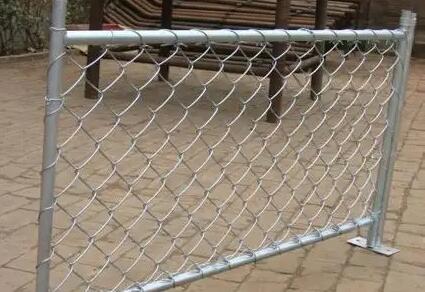Understanding Gypsum Screw Sizes A Comprehensive Guide
Gypsum screws play a crucial role in the construction and drywall installation industry. These specialized screws are designed specifically for attaching gypsum boards—commonly known as drywall— to wooden or metal studs. Choosing the correct size and type of gypsum screw is essential for ensuring a strong and durable installation. In this article, we will explore the various sizes of gypsum screws and how to choose the right one for your project.
What is Gypsum?
Gypsum, a naturally occurring mineral, is widely used in the construction of interior walls and ceilings. Its fire-resistant properties and excellent insulating abilities make it a popular choice for homeowners and builders alike. When installing gypsum boards, screws are used to secure the boards to the framing structure, ensuring they are stable and securely held in place.
Types of Gypsum Screws
Gypsum screws come in various lengths and diameters to accommodate different installation needs. The most common types include
1. Coarse-thread drywall screws Typically used for attaching gypsum boards to wooden studs. These screws have thicker threads for better grip in softer materials. 2. Fine-thread drywall screws Ideal for use with metal studs, fine-thread screws have thinner threads that penetrate metal more efficiently without causing damage.
Common Sizes of Gypsum Screws
The choice of screw size largely depends on the thickness of the gypsum board being used as well as the type of stud material. Here is a general size chart that can be referenced for common applications
- 1 inch screws Best for attaching 1/4 inch thick gypsum boards to wooden studs. - 1 1/4 inch screws Commonly used for 1/2 inch thick boards on wooden studs. - 1 5/8 inch screws Suitable for 5/8 inch thick boards and can be used for both wooden and metal studs. - 2 inch screws Primarily used in thicker board applications, such as those exceeding 5/8 inches.
gypsum screw size chart

When dealing with metal studs, the length of the screw should be sufficient to ensure that at least 1/2 inch of the screw penetrates the stud itself
.Factors to Consider When Choosing Gypsum Screws
When selecting gypsum screws, there are a few factors to keep in mind
1. Board Thickness Always match the screw length to the thickness of the drywall. This ensures the screw has enough grip in the stud to hold the wall securely.
2. Material Type If you're using metal studs, opt for fine-thread screws to prevent cross-threading and to ensure a secure fit.
3. Screw Coating Some screws come with a coating (like zinc) to resist rust and corrosion, which is particularly important in high-moisture environments.
4. Installation Method Consider the use of a screw gun or drill with the appropriate torque settings to avoid damaging the board or overdriving the screws.
Conclusion
The correct selection of gypsum screws is an integral part of drywall installation. By understanding the different types and sizes available, as well as the specifics of your project, you can ensure that your installation is not only secure but also efficient. Always refer to your local building codes and manufacturer's specifications for the best practices. With the right knowledge, you'll have a solid foundation for any drywall project you undertake.

















